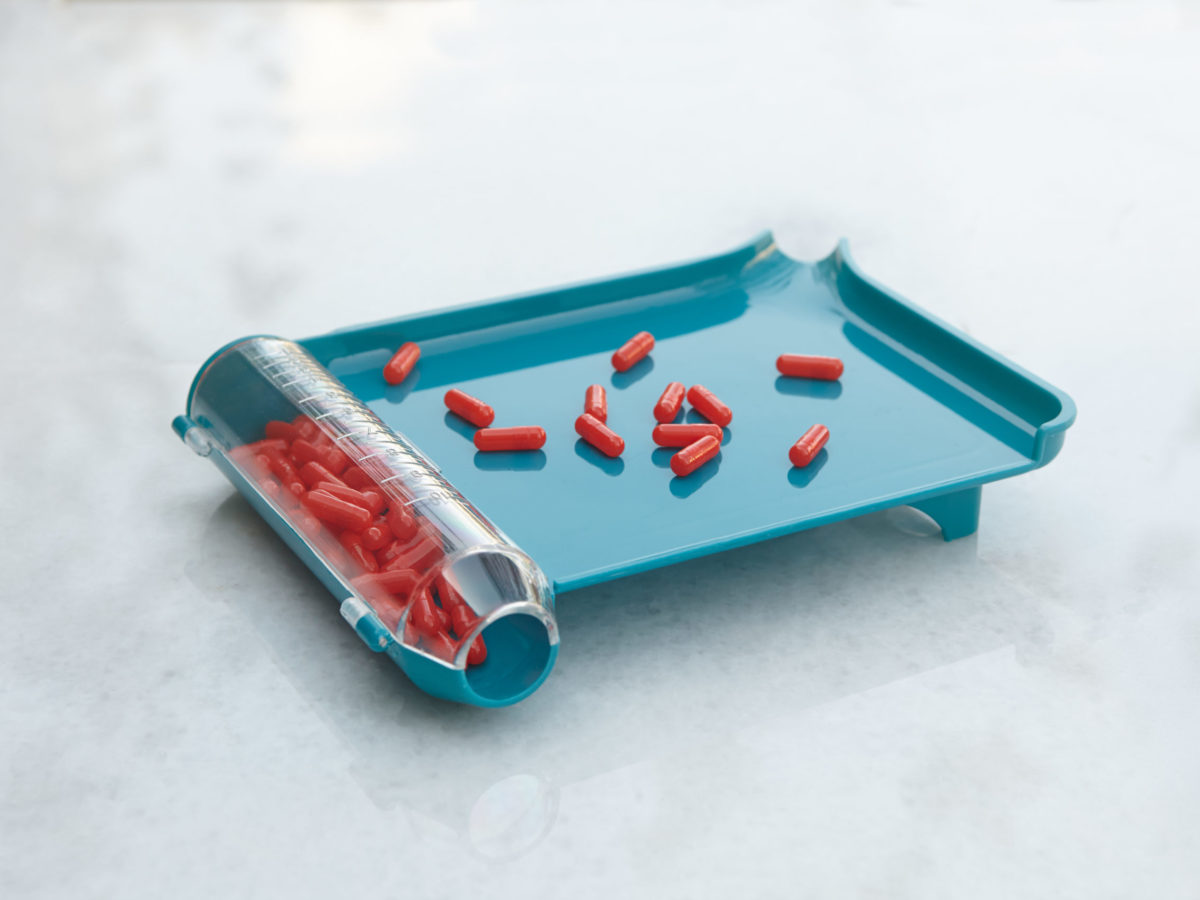
By Anthony A. Barrueta, Senior Vice President, Government Relations
The following appeared on www.aboutkaiserpermanente.org in December of 2022
Created to encourage innovation, the U.S. patent system is failing its mission. Pharmaceutical companies routinely seek new rewards for old inventions, increasing drug prices and profiting from legal novelty, rather than scientific innovation.
A new report shows the majority of patents issued by the U.S. Patent and Trademark Office are for existing — not new — drugs. Each of America’s top-selling drugs on average has 74 patents. These enormous legal fortresses, known as “patent thickets,” block competition and keep less expensive alternatives from entering the market.
In a world where prescription drug spending has increased 60% in the last decade to over $400 billion today, these anti-competitive practices are not only financially unsustainable, they’re unjust.
When not obvious is obvious
While patent law stipulates that patents should be awarded for nonobvious inventions, the reality is much different as pharmaceutical manufacturers exploit the system.
Nonobvious is a legal term meaning the invention should be innovative, and not something someone with normal knowledge in the field would intuit naturally. Yet drugmakers systematically amass dozens of patents on a drug for what seem to be obvious additions even to laypeople, using patent thickets to block competition for decades.
For example, AbbVie’s Humira, a top-selling injectable medicine used to treat arthritis, has 166 patents. One is for the autoinjector device, another is for the firing button on the device. Both “inventions” are obvious — Humira is an injectable drug so there must be a mechanism for patients to self-inject it.
Furthermore, 90% of Humira’s patents were filed after the drug received approval from the Food and Drug Administration. Under patent protection, the drug has made AbbVie nearly $200 billion, and the company has increased its price by a whopping 470% since its introduction to the market.
Patent thickets drive up spending
Patent thickets send a message to would-be competitors: “Don’t even try — we’ll bury you in endless litigation.” Meanwhile, they drive up health care spending by preventing or delaying the arrival of lower-cost drugs.
At Kaiser Permanente, we make sure our patients get the highest-value drugs (that is, the most effective therapy at the lowest cost) by prescribing generic and biosimilar drugs whenever appropriate. Biosimilars are highly similar versions of original branded biologic drugs, and generics are essentially identical alternatives to brand-name drugs. Both are less expensive and equally effective options.
For example, to help patients undergoing cancer treatment, we prescribe the biosimilar Zarxio rather than the more expensive Neupogen 95% of the time. The industry average use is just 32%. Resulting savings can be put toward other needs or used to lower the cost of coverage.
One industry analysis shows our approach is a model for reducing health care spending nationwide; biosimilars typically provide about a 30% reduced cost compared to brand-name biologics and could lower spending in the U.S. by more than $100 billion in the next 5 years. But to realize these savings, we first need to change laws to remove many of the patent thickets that currently threaten biosimilar development.
Challenge the narrative
The dominant narrative long promoted by drug manufacturers is that patents are synonymous with innovation, and every patent has value. The pharmaceutical industry has done an excellent job convincing lawmakers and the public that even discussing reforms to the patent system will destroy innovation.
But the narrative is fundamentally false, and the examples above are just the tip of the iceberg.
Policy change is needed at the federal level. A critical first step is to increase public understanding. While complex, this policy debate cannot be left exclusively up to patent lawyers. Fortunately, organizations like I-MAK, with support from Kaiser Permanente, are doing great work to make this issue accessible for the average American through research, writing, and advocacy.
A healthy patent system balances protecting and rewarding innovation with allowing market competition when the time is right. The problem of unsustainably high, ever-increasing prescription drug prices can’t be solved without addressing how drugmakers manipulate the patent system to maximize profit on long-existing products.
Patent laws have a long history, but they aren’t inscribed on stone tablets. They have always been a work in progress. Our laws are created for the benefit of the public, not a handful of companies. When they aren’t serving their purpose, it is time to revisit them.